Wildlife Sanctuaries in Uttarakhand
Nestled in the heart of Uttarakhand, lies a sanctuary of untamed beauty and biodiversity, inviting adventurers and nature enthusiasts alike. Welcome to the Wildlife Sanctuary of Uttarakhand, a pristine haven where majestic creatures roam freely amidst lush greenery. From the regal tigers to the elusive leopards, and a myriad of avian species, every corner of this sanctuary pulsates with life.
Embark on thrilling safaris through dense forests, witness mesmerizing bird watching expeditions, and immerse yourself in the serene ambiance of nature’s symphony. Prepare to be enchanted by the wonders of Uttarakhand’s Wildlife Sanctuary, where every moment unveils a new marvel of the natural world.
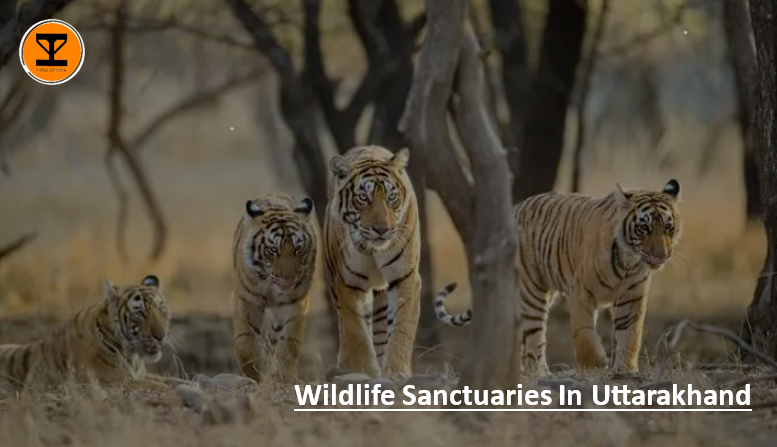
1. Nandhaur Wildlife Sanctuary
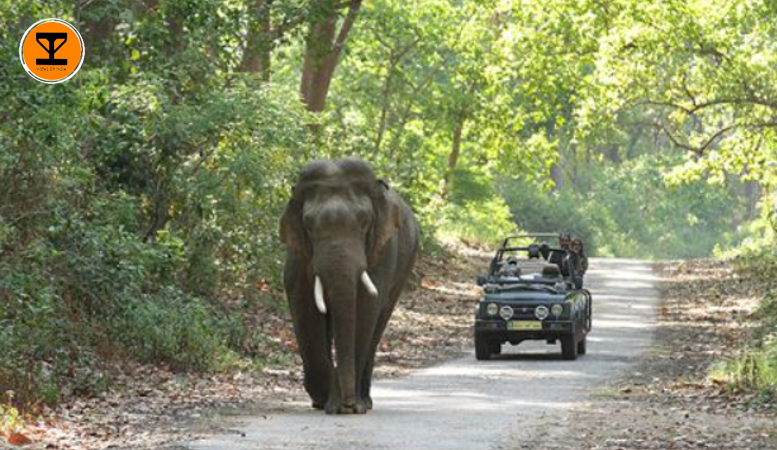
Nandhaur Wildlife Sanctuary, established in 2012, is one of the top wildlife sanctuaries in the state. It is the third reserve in Uttarakhand dedicated to protecting tigers. Uttarakhand is actually home to the highest number of tigers in the world.
Situated in Nainital in the Kumaon region, this sanctuary is teeming with a variety of birds, reptiles, fishes, and wild animals like sloth bears and Asian elephants. The best part is that you can visit this sanctuary any time of the year. The nearest train station is Kathgodam railway station.
2. Rajaji National Park
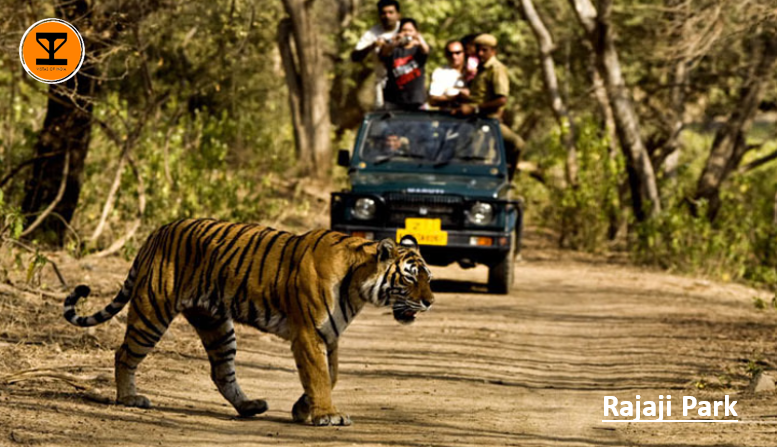
Rajaji National Park, located in Uttarakhand, is a tiger reserve park situated just 10 km away from the sacred city of Haridwar. It boasts the highest number of elephants among all national parks in the state.
In addition to elephants, the park is home to various animals like leopards, deer, and tigers. Bird enthusiasts will be delighted to find hundreds of bird species here. The best time to visit this national park is between November and June for a complete and enjoyable exploration.
3. Gangotri National Park
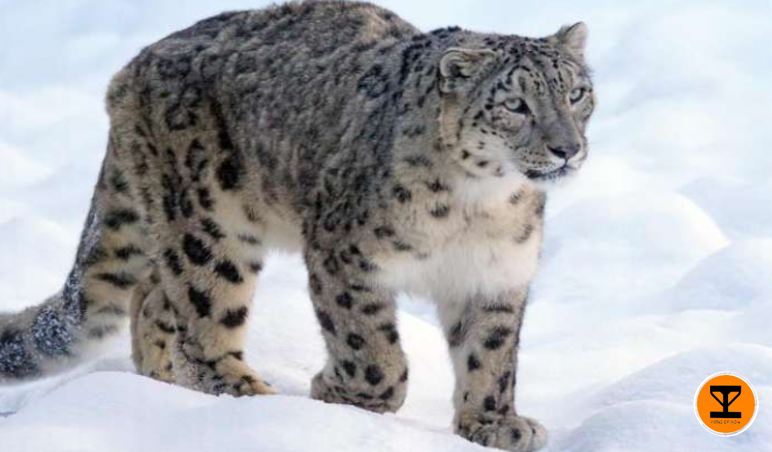
Gangotri National Park, located at a high altitude, is nestled near Uttarkashi region in the state. Established in 1989, this park offers a breathtaking experience to its visitors. It is a paradise for wildlife enthusiasts, as they can catch a glimpse of rare animals like blue sheep, snow leopards, and musk deer.
Moreover, bird lovers will be delighted to find a diverse range of avian species including pigeons, doves, bulbul, and many more. For the best tour experience, plan your visit between April to June or September to October. If you’re traveling by train, the nearest railway station to Gangotri National Park is Dehradun.
4. Jim Corbett National Park
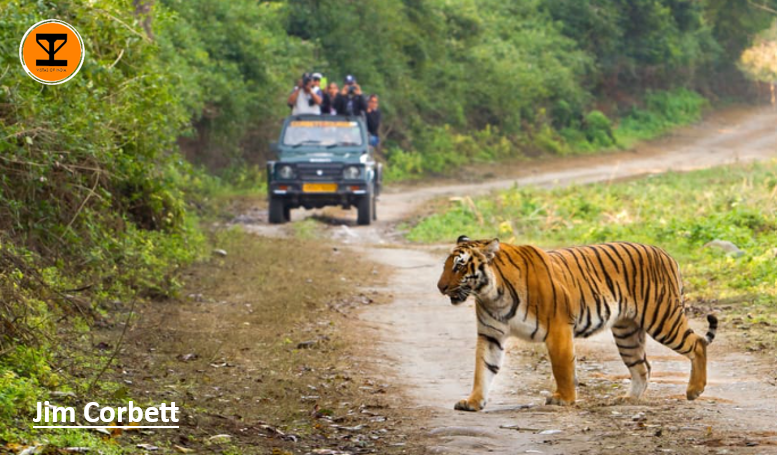
Nestled in the Himalayas, Jim Corbett National Park is a prestigious national park in India. Established in 1936, it is home to endangered Royal Bengal Tigers and a diverse range of wildlife. The best time to visit is from November to February when all zones are accessible. The park is approximately 147 km away from Dehradun’s Jolly Grant Airport, making it easily accessible.
5. Benog Wildlife Sanctuary
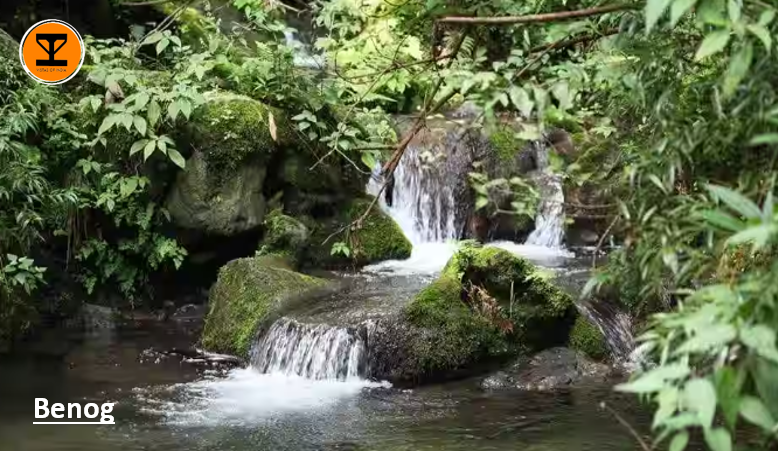
Situated around 11 kilometers from the charming hill station of Mussoorie, Benog Wildlife Sanctuary is a must-see sanctuary in Uttarakhand. The area is abundant with therapeutic trees, making it an ideal destination for those seeking tranquility in nature.
Bird watchers will be delighted to spot various non-native bird species in this sanctuary. Housing animals such as bears, leopards, and panthers, this wildlife sanctuary is a prominent tourist spot in Mussoorie. As a part of Rajaji National Park, visitors can also enjoy stunning views of the surrounding scenery.
6. Binsar Wildlife Sanctuary
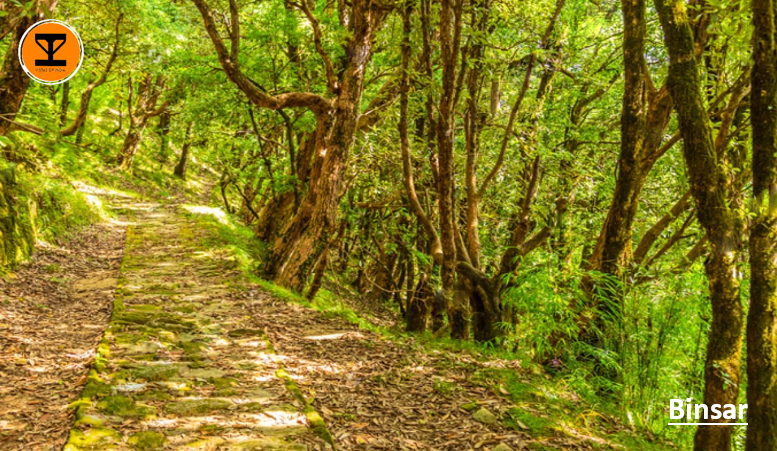
Binsar Wildlife Sanctuary offers breathtaking views of both sunrise and sunset. Located approximately 35 km (21.74 mi) away from Almora in Uttarakhand, this sanctuary is home to a diverse range of wildlife species. Bird enthusiasts will also be delighted to find a wide variety of bird species here.
One interesting fact is that visitors can explore the sanctuary at any time of the year. Nevertheless, the best months to visit are from February to April or from October to November. The closest airport to Binsar Wildlife Sanctuary is Pantnagar Airport in Pantnagar.
7. Nanda Devi National Park
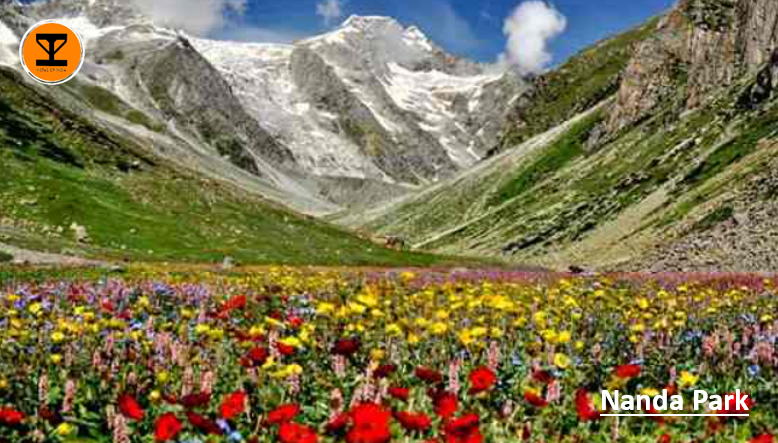
Nanda Devi National Park, located near the Himalayas, is a must-visit for wildlife lovers. The park’s climate and topography provide a perfect habitat for a wide range of animals and plants. The best time to visit is from April to June when you can see animals like leopards, langurs, snow leopards, bears, and more. The closest airport is Jolly Grant Airport in Dehradun.
8. Govind Pashu Vihar National Park
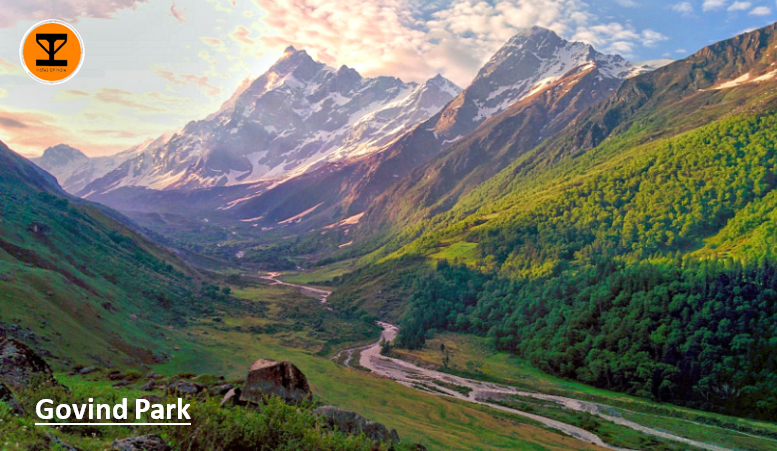
Established in 1955, Govind Pashu Vihar National Park is a renowned wildlife sanctuary in Uttarakhand. This national park is famous for its diverse flora, including oak and rhododendron, as well as its significant population of endangered wild animals.
Within the park, you can spot magnificent creatures such as the snow leopard, Indian porcupine, and brown bear. For an unforgettable experience, plan your visit between May and October when the park is at its most beautiful. The nearest airport to this stunning national park is Dehradun Airport, located approximately 200 km (124.27 mi) away.
9. Kedarnath Wildlife Sanctuary
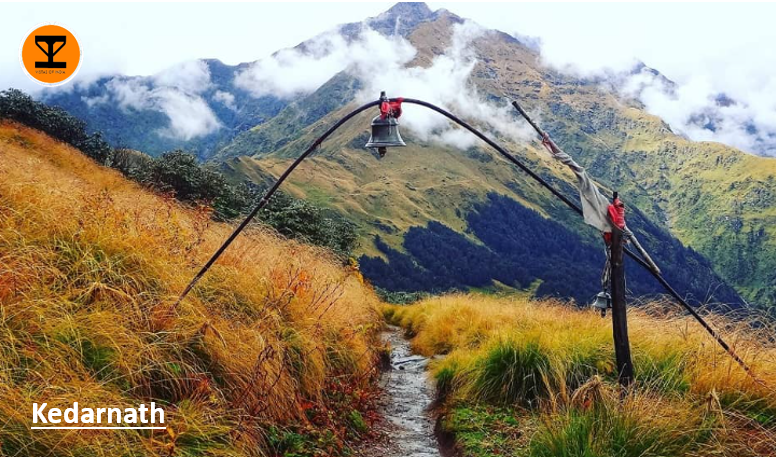
Situated in the renowned Garhwal region of the state, Kedarnath Wildlife Sanctuary was established in 1972. The closest airport to this sanctuary is located in the capital city of Dehradun, while the nearest train station can be found in Rishikesh, approximately 227 km (141.05 mi) away.
Named after the famous Kedarnath Temple, this sanctuary is dedicated to the conservation of musk deer, an endangered species. Visitors can enjoy stunning views of valleys, forests, a variety of flowers, and butterflies. We suggest planning your visit between May and June or September and November for the best experience.
Conclusion
In conclusion, the establishment of a wildlife sanctuary in Uttarakhand presents a unique opportunity for sustainable tourism. With its rich biodiversity and stunning landscapes, the sanctuary offers visitors a chance to immerse themselves in the natural beauty of the region while supporting conservation efforts.
By promoting responsible tourism practices, such as eco-friendly accommodations and guided tours, the sanctuary can safeguard its delicate ecosystems while providing economic benefits to local communities. Ultimately, the sanctuary serves as a vital sanctuary for wildlife, a hub for scientific research, and a haven for nature enthusiasts, ensuring its significance for generations to come.
Frequently Asked Questions
A wildlife sanctuary is a protected area where wildlife is given refuge and protected from human activities. In Uttarakhand, these sanctuaries are crucial for preserving the rich biodiversity of the region, including endangered species like the Bengal tiger and the Asian elephant. They also play a vital role in maintaining ecological balance and supporting the local economy through tourism.
Uttarakhand is home to several wildlife sanctuaries, totaling over a dozen. Some of the prominent ones include Jim Corbett National Park, Rajaji National Park, Nanda Devi National Park, and Valley of Flowers National Park. These sanctuaries span diverse ecosystems, from the Terai region to the high-altitude Himalayan forests.
Uttarakhand’s wildlife sanctuaries boast a rich diversity of fauna, including majestic big cats like tigers and leopards, Asiatic elephants, Himalayan black bears, sloth bears, various species of deer such as sambar and barking deer, as well as numerous bird species, including pheasants, eagles, and migratory birds.
Yes, visitors can partake in various activities within the wildlife sanctuaries of Uttarakhand, such as wildlife safaris, birdwatching, trekking, and nature walks. However, these activities are often regulated to minimize disturbance to the wildlife and their habitats, ensuring a sustainable balance between conservation and tourism.
Individuals can contribute to the conservation of Uttarakhand’s wildlife sanctuaries by raising awareness about the importance of wildlife conservation, supporting responsible eco-tourism initiatives, volunteering with conservation organizations, and adhering to guidelines and regulations when visiting these sanctuaries. Additionally, supporting local communities living around these sanctuaries can help alleviate human-wildlife conflicts and promote coexistence.

Welcome to vistasofindia.com, where we transform your travel dreams into a reality by guiding you through the diverse and enchanting landscapes of India. We understand that every traveler seeks a unique experience, and with our in-depth guides and insider tips, we ensure that your journey is not just a trip but a memory to cherish.

Start Your Journey Now!
Begin your exploration of India today with vistasofindia.com. Discover detailed information about key destinations, plan your itinerary efficiently, and get ready for an unforgettable adventure. Whether you’re a history enthusiast, a festival lover, or a foodie, India has something extraordinary for you.

Let us be your ultimate travel companion for exploring India! With our in-depth information on every corner of the country, you can create a personalized itinerary that suits your interests. Don’t wait any longer – start exploring and get ready to experience the magic of India firsthand!
